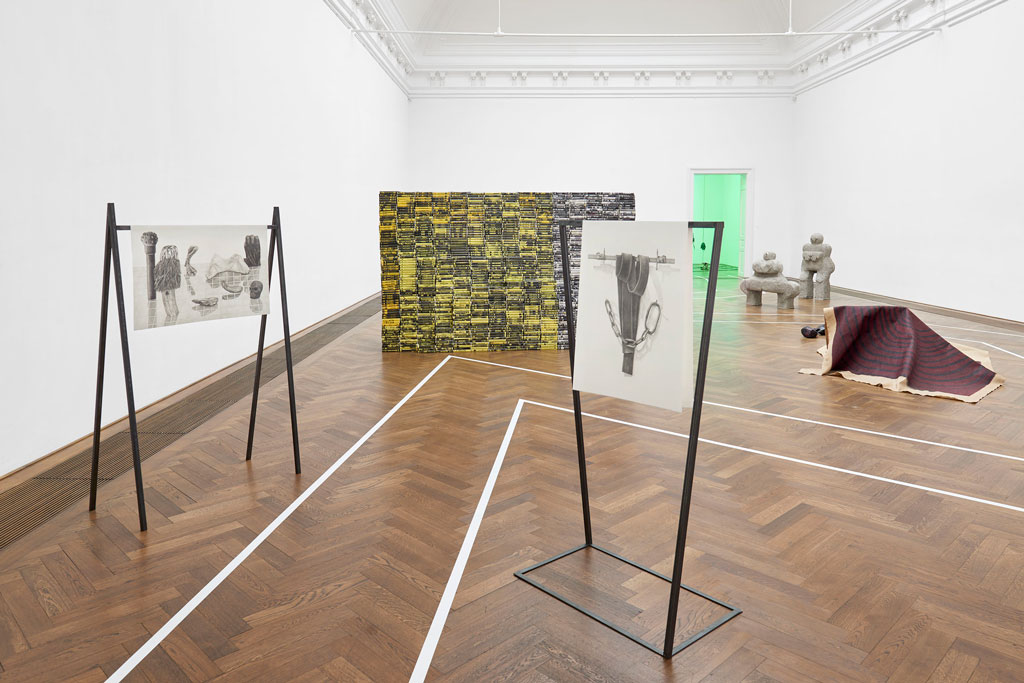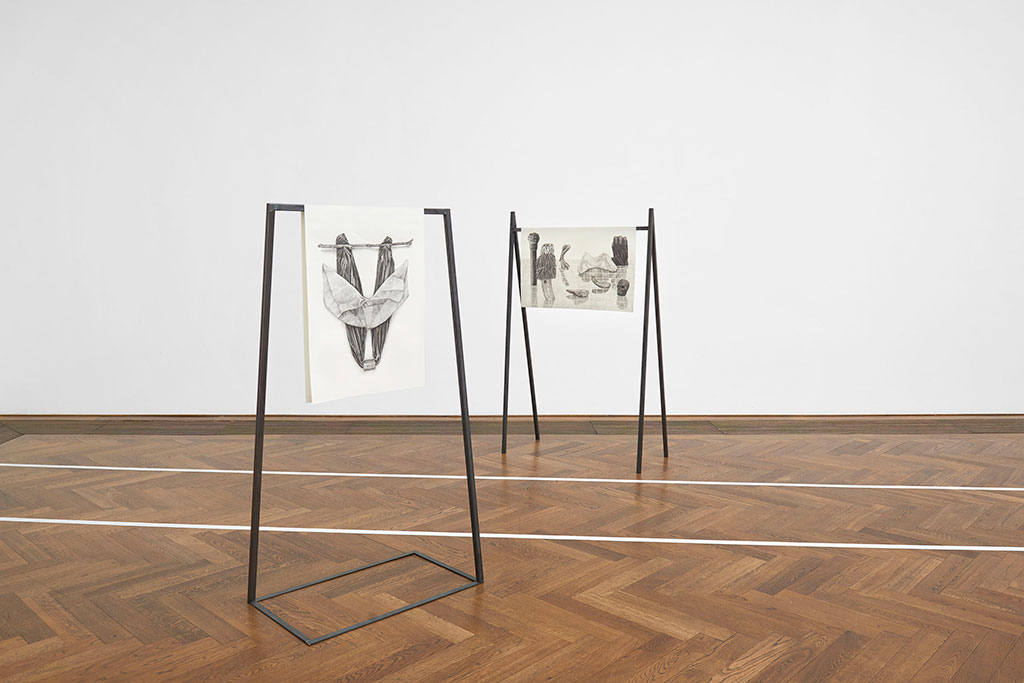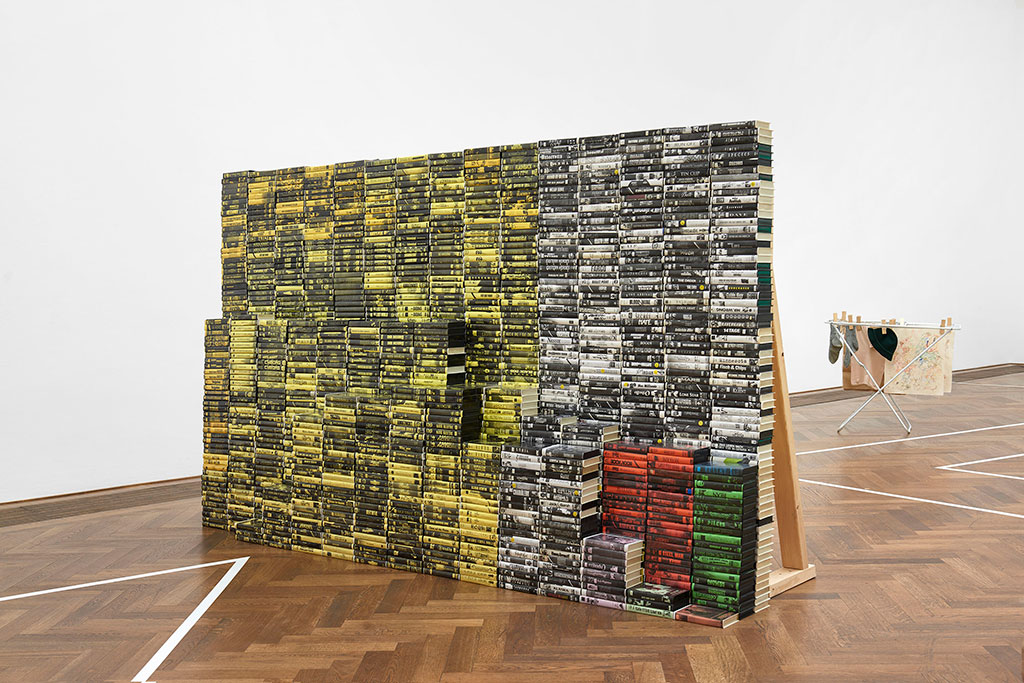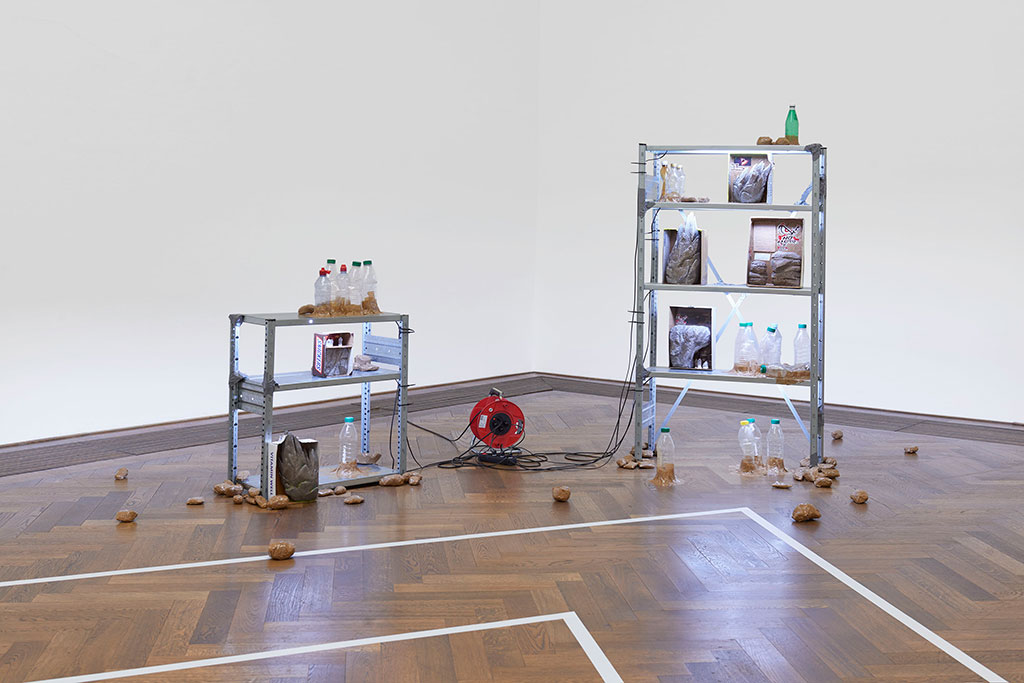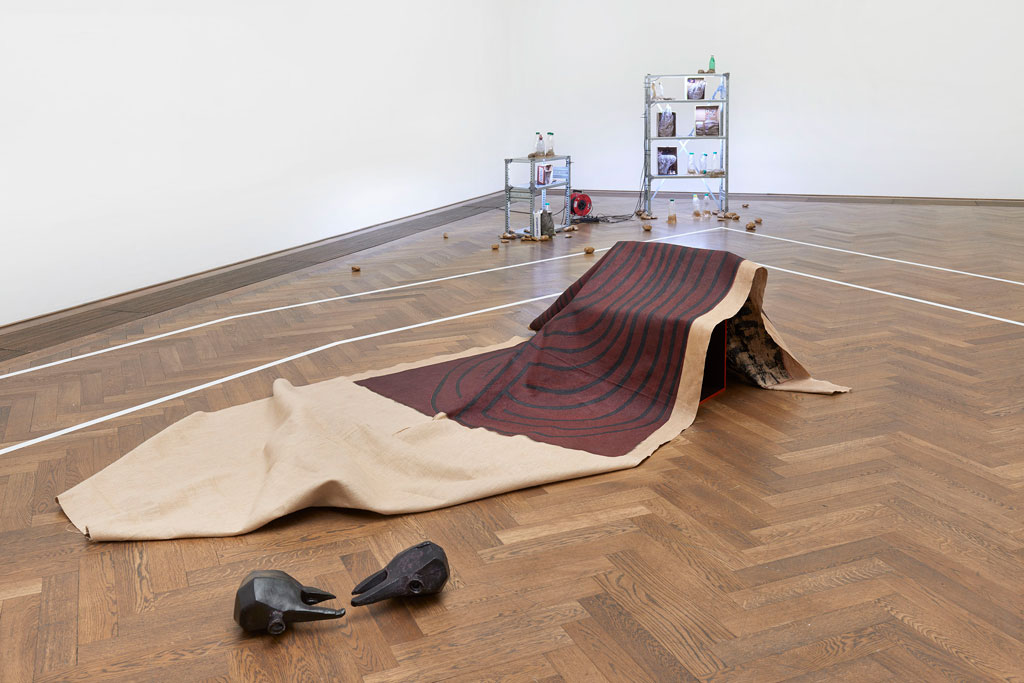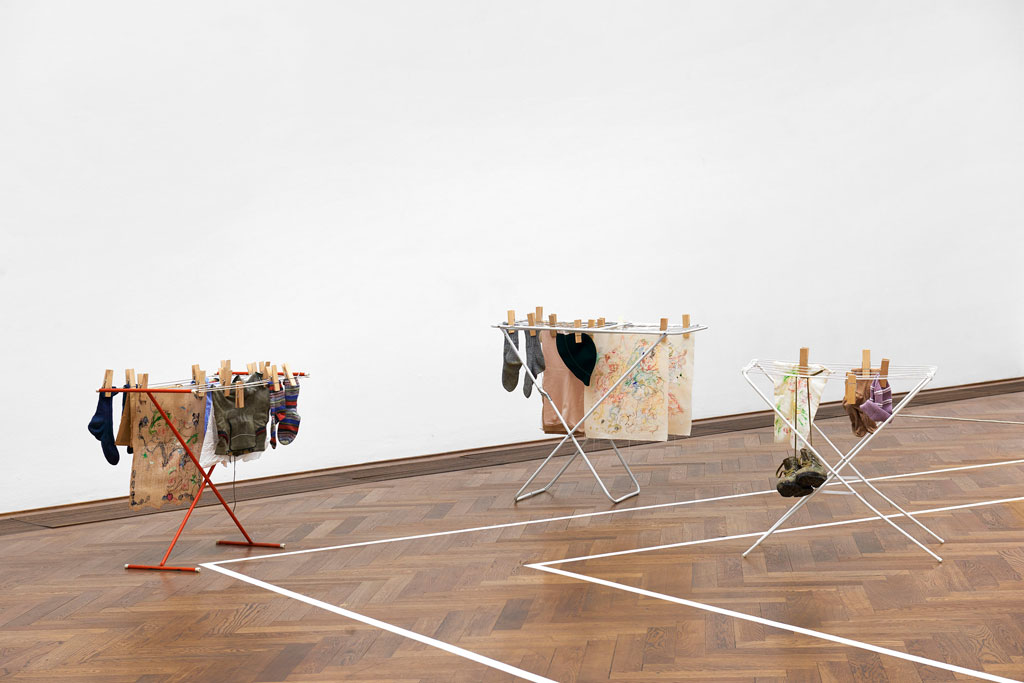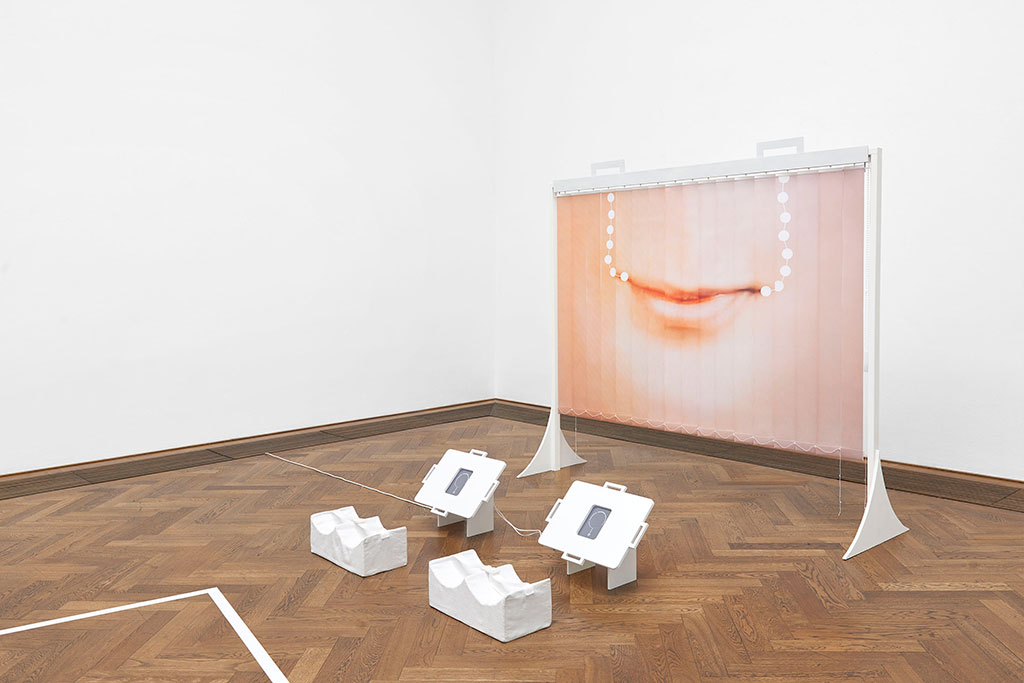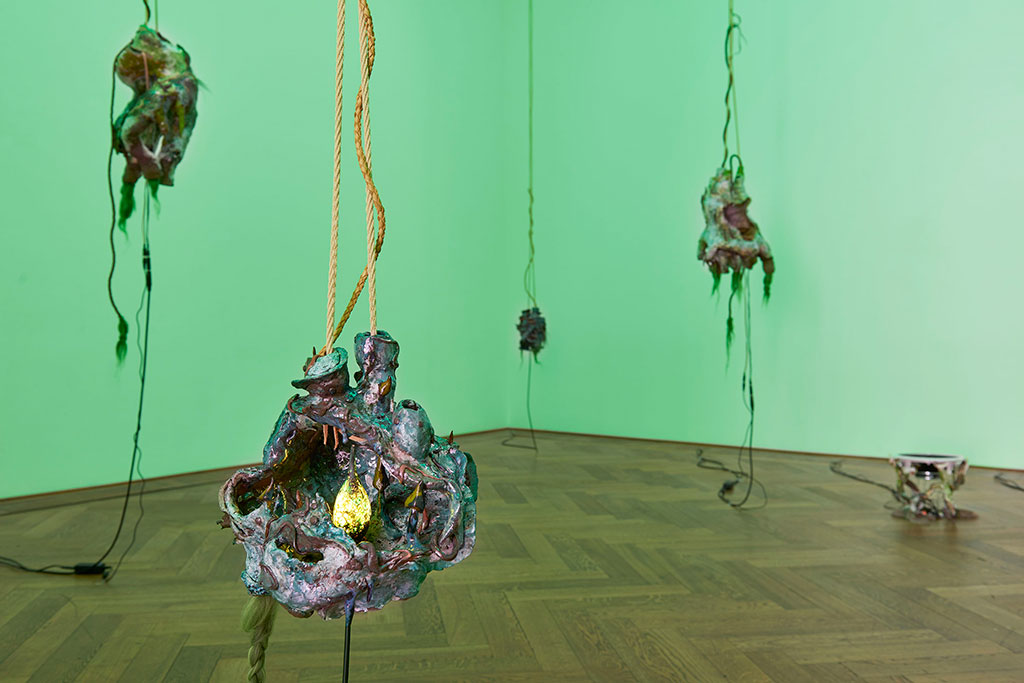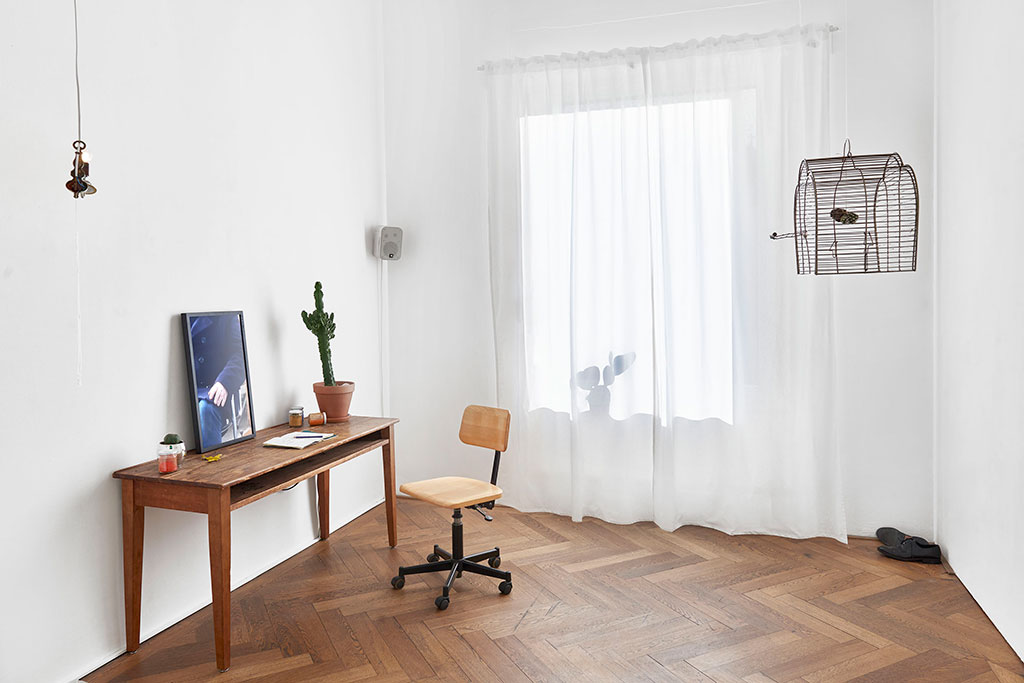ART CITIES:Basel-Situation 1 und Andere
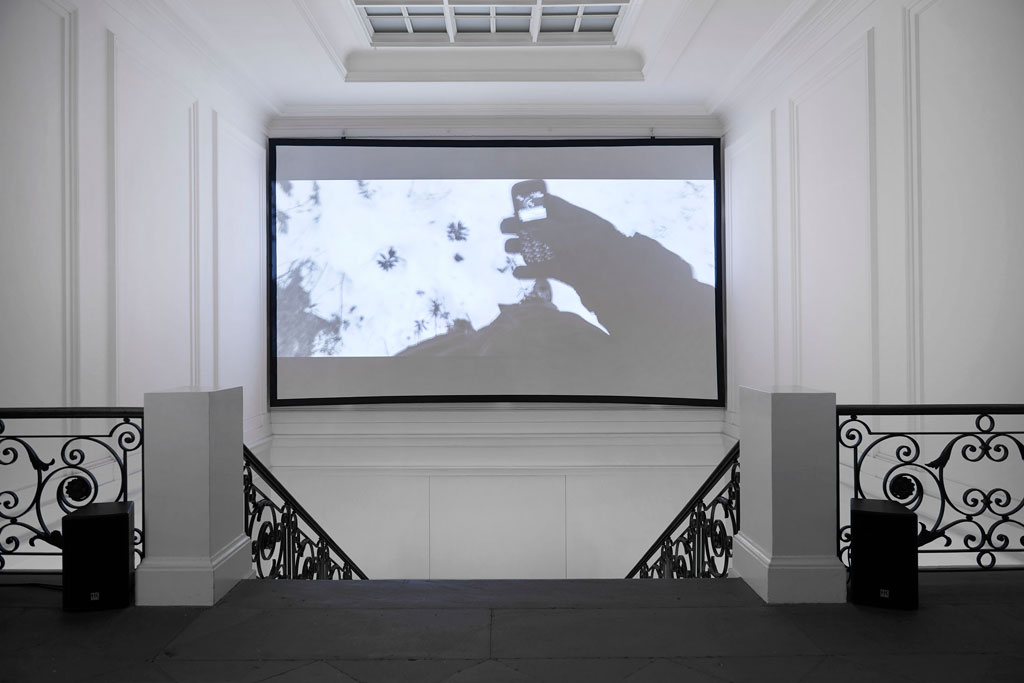 The Regionale Art Exhibition is a cross-border project that is unique in this form. Nineteen institutions from three countries (France, Germany, and Switzerland) each show artistic positions from the Basel region and the trinational area (Northwestern Switzerland, South Baden, Alsace) at the end of the year. The Regionale exhibition launched in 2000/01, serves to promote and intensify the understanding between artists, cultural workers and institutions on a trinational level.
The Regionale Art Exhibition is a cross-border project that is unique in this form. Nineteen institutions from three countries (France, Germany, and Switzerland) each show artistic positions from the Basel region and the trinational area (Northwestern Switzerland, South Baden, Alsace) at the end of the year. The Regionale exhibition launched in 2000/01, serves to promote and intensify the understanding between artists, cultural workers and institutions on a trinational level.
By Dimitris Lempesis
Photo: Kunsthalle Basel Archive
In this new normality, our interactions with others and with the environment are undergoing a fundamental revision, and it seems as if situations that are beyond our control have become more than ever part of a profound collective experience. As part of Regionale 21 the exhibition “Situation 1 und Andere” refrains from replaying these images or en- deavoring to explain the current situation. And yet the artworks in this group exhibition un- ambiguously speak of the confusion, insecurity, and anxiousness so present today, perhaps owing to the fact that the condition humana has, quite simply, always been a basic material for creative work. Linus Weber and Marc Meier’s video work “Situation 1” (2017), which inspired the exhibition’s title, follows a protagonist as he undergoes a frantic and perplexing search in an unidentified snowy landscape. The suspenseful scenes are occasionally interrupted by telephone conversations between him and an unseen interlocutor, in which they try to analyze a mysterious “situation.” Desperate and breathing heavily, the man interrupts his search, only to start all over again: a repetitive, fruitless effort in which he cannot escape these inexplicable situations. In the next room, another situation unfolds: artworks are placed at a safe distance, without direct contact, even with the wall Isolated. Fantine Andrès’s drawings (all 2020), presented on metal stands, bear innocuous titles such as “Bibelots”, “Cuir” and “L’oubli“ . To make them, the artist collects and arranges discarded objects, which she then photographs, in order to make her drawings. Their meticulously precise detail heightens the dark and vaguely ominous character of the portrayed objects, whose functions are now ambiguous. Mitchell Anderson’s “Personal Copy” (2018) consists of VHS copies of commercial films systematically pirated by a former video store owner for private use. In the age of digital streaming, these already obsolete readymades are reminiscent of a bygone era. However, as hoarded stash, they also resonate achingly with our present moment, and speak of a collective need to find distraction indoors when the world outside is undergoing its own almost cinematic end- time scenario. Speculations about the end of the world also play a central role in Cyril Tyrone Hübscher’s installation “SHTF-Scenario” (2020), which references the acronym for the moment when the “shit hits the fan.” Metal shelves hold makeshift supplies of different types that will become useful on the impending day of reckoning: used cardboard boxes, some containing fake rocks and minerals, others collaged with pictures of Albrecht Dürer’s apocalyptic horsemen, or handwritten instructions, stickers, and packing tape. Rocks and plastic bottles are scattered all around—an unhinged staging of chaos. Where to go is the theme of Anna Diehl’s artwork, “Mein kleiner Garten” (2020). Painted on unstretched jute fabric and draped over a concealed object, it has as its central motif a labyrinth—one of humankind’s oldest symbols for difficult, inscrutable situations in which one is trapped. Positioned next to it is We fight (2015), two oversized bird heads facing each other. It is unclear whether they are fighting against each other or on the same side against an unknown adversary. Ambra Viviani’s “Dance of Avoidance” (2020) testifies to the artist’s interest in historical, mytho- logical narratives and their intersection with scientific attempts at explanation. In science, the behavior of two of Neptune’s moons, Naiad and Thalassa, is called the “dance of avoidance” because they manage to avoid a collision even though they are in similar orbits. This inspired Viviani to create figures whose gestures are based on ancient dance traditions while also evoking modern-day twerking. Isadora Vogt focuses on the uncanniness of the domestic sphere with her “Kleiderständer 1”, ” Kleiderständer 2”, and “Kleiderständer 3” (all 2020). She presents her paintings, like freshly washed laundry, together with pieces of clothing on clothes racks. The ethereal paintings deploy folkloric and fairy-tale motifs in a manner that manifests a touch of irony and a penchant for revealing the cute and innocent as potentially threatening and dangerous. Karla Zipfel’s installation “Converting Solutions” (2020) comprises a window blind imprinted with a smiling face accompanied by two small screens with animated waiting loops, in front of which rest padded knee cushions. This altar- like arrangement combines seemingly contradictory elements: it fuses the visual language of advertising with religious, spiritual symbols such as prayer beads and kneeling cushions. The work emphasizes the fine line between meditation and perseverance, faith and commerce. A preoccupation with sociocultural rituals and signs, especially with regard to transience, is a recurring theme for Julian-Jakob Kneer. His “ornament sublime” (2019), made of oak wood shaped on the lathe and studded with metal and beads, combines traditional craft skills with elements that refer to subcultures, and emphasizes the multivalence of the latter. In the back rooms, the tape-marked path dissolves into immersion. Here, “Autopoiesis”(2020) spreads out like an organism. Bathed in green light, shiny, hairy, nest-like sculptures hang from the ceiling; on the floor rest objects that are imagined as sex toys for extraterrestrials. This atmospheric installation was created by Maya Hottarek in collaboration with Julian Zehnder, whose sonic landscape fills the space within and around the sculptures. In the last room of the exhibition, Colin Barth and Jonas Huldi present a reconstruction of a work space entitled, “That Butterfly Was Not There Yesterday (2020), filled with ordinary but also strange, almost surreal props. These form the backdrop for a recorded video conversation with a man who conveys, with absolute certainty, the abstruse and outlandish events in his every- day life.
Participating Artists: Mitchell Anderson, Fantine Andrès, Colin Barth and Jonas Huldi, Anna Diehl, Maya Hottarek and Julian Zehnder, Cyril Tyrone Hübscher, Julian-Jakob Kneer, Ambra Viviani, Isadora Vogt, Linus Weber and Marc Meier, Karla Zipfel.
Photo: Installation view, Situation 1 und andere, Kunsthalle Basel, 2020, view on Linus Weber and Marc Meier, Situation 1, 2017, Photo: Philipp Hänger / Kunsthalle Basel
Info: Curators: Elena Filipovic, Claudio Vogt, and Renate Wagner, Kunsthalle Basel, Steinenberg 7, Basel, Duration: 28/11/2020-3/1/2021, Days & Hours: Tue, Wed & Fri 11:00-18:00, Thu 11:00-20:30, Sat-Sun 11:00-17:00, www.kunsthallebasel.ch
